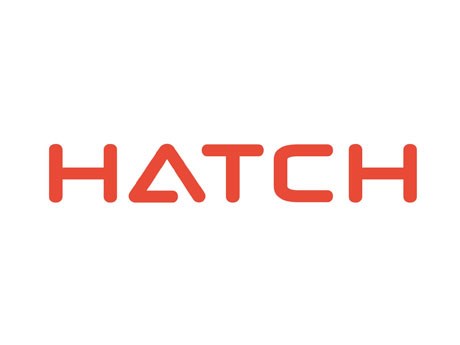Small modular reactors could save billions of litres of diesel while cutting carbon dioxide emissions
Small nuclear reactors powering Ontario’s remote mines could save cash and billions of litres of diesel while cutting carbon dioxide emissions. But the nascent technology may be too tardy for initial developments in Ontario’s Ring of Fire.Noront Resources plans to start commercial production of nickel, copper, platinum and palladium at its high-grade Eagle’s Nest deposit in the James Bay Lowlands by 2020. A recent Ontario Ministry of Energy study examining the feasibility of deploying small nuclear reactors at remote mining sites such as the Ring of Fire predicts the first small modular reactor (SMR) won’t be operational in Ontario until about 2030, ten years after the first mine in the Ring of Fire is expected to begin production.
Completed in June 2016, the feasibility study by Hatch, a Mississauga-based global engineering company, found SMRs could produce electricity at a lower cost than traditional diesel power with savings up to $152 per megawatt hour. Based on the Eagle’s Nest mine’s energy requirements of 22.5 megawatts peak load, a small nuclear reactor could save 962 million litres of diesel and avoid 2.7 million tonnes of carbon dioxide emissions over 20 years. That CO2 saving would be equivalent to taking 28,500 passenger vehicles off the road. Under Ontario’s cap and trade program, a small nuclear reactor would avoid $153 million in carbon costs over 20 years.
When the calculations are based on multiple mines in the Ring of Fire, predicted savings climb to three billions litres of diesel with reduction of greenhouse gas emissions equivalent to removing 87,500 passenger vehicles from the highways.
“All of the SMRs are expected to be economically competitive against the incumbent diesel energy source,” the study authors found. “SMRs can provide very low carbon power and meet the reliability requirements of mining operations which could accelerate the development of natural resources in remote locations.”
Although small nuclear reactors have been used to power naval vessels for 60 years, land-based technology for small remote communities and industrial operations has not been developed on a readily-deployable scale. The United States government has committed nearly $1 billion to the science of small modular reactors and paid companies about $454 million to pursue research. But results won’t be evident for years. Hatch estimates it would take about eight years to obtain regulatory approvals for a small modular reactor in Ontario. Currently, no vendors have applied for a licence in the Ring of Fire.
“The main challenge in deploying small nuclear power plants have been economics,” Jim Sarvinis, Hatch’s global director, thermal and nuclear said in an email. “Small nuclear reactors cannot take advantage of economies of scale of large plants and can only compete against other power sources under special circumstances, such as remote areas.”
When the cost of fossil fuel such as diesel was low, there were insufficient financial incentives for nuclear technology companies to build and deploy small nuclear power stations, the Hatch engineers explained. “The surrounding circumstances are changing today though; people are aware of climate changes and the negative impact of burning fossil fuel; diesel based power generation became expensive; many environmental problems associated with diesel power generation became concerns; for example transportation of fuel to remote areas is continually becoming more challenging. In this context, small nuclear technology is potentially becoming economically competitive today.”
Hatch also examined the feasibility of using SMRs to power remote mines and communities in northern Canada for Natural Resources Canada. Five years ago, Nunavut, Canada’s most northern territory, viewed nuclear power as a potential way to reduce dependence on expensive diesel-generated power. At that time, electricity cost about $1 a kilowatt hour in remote Nunavut communities, more than 10 times the cost in cities such as Toronto and Calgary.
There are certain geographic locations where SMRs could be an attractive power option and the merits and advantages of nuclear power would have a substantial economic and environmental benefit, the Hatch study authors predict. In recent years, public perceptions have become much more positive about nuclear power as a sustainable alternative, they note.
Handling of spent nuclear fuel and contaminants has become more proficient, according to the study authors. They expect that spent fuel and waste would not be stored at remote sites but kept in centralized facilities, specially built to contain the materials.
Hatch recommends the Ontario government identify and support SMR vendors who can most benefit the province, provide funding for SMR demonstration units and further study the industry.
“The potential market size for micro-SMRs needs to be examined in further detail to determine the potential economic impacts to the manufacturing sector in Ontario,” the study authors state.


